Of all the cities in Taiwan few have undergone such a major transformation as Kaohsiung and there is no better place to witness this than on Chijin Island (旗津). From gritty to groovy, Chijin is an oasis just 30 minutes from central Kaohsiung. The reopening of the Chihou Lighthouse (旗後砲臺) this month, after substantial renovation, is just the latest attraction.
In the 1990’s Chijin would have been best described as the armpit of the city. A quirky docklands area that I would visit from time to time, after spending a few hours there I would wonder why I bothered. Even in those days it was obvious that it had the potential to be a tourist hot spot. All it needed was a little imagination and investment to turn it into something worthwhile.
One big draw for locals is the seafood, which is outstanding. Back in 2008, the city government planned to upgrade transportation to Chijin with an electric cable car, a second underwater car tunnel and a subway link. None of that has transpired, but it hasn’t stopped it from becoming a must-visit location in Kaohsiung.
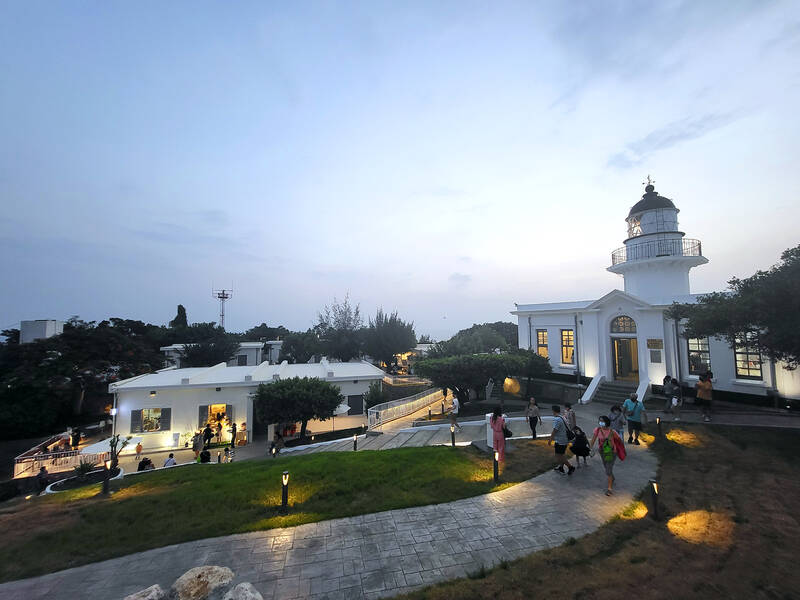
Photo Courtesy Mark Roche
A BEACH FOR ALL SEASONS
Fast forward to this year and I’ve already been to the island three times. In the past, the only time my attention would be drawn to Chijin would be news reports of drownings in the notorious surf. Breakers in the form of tetrapods now line the coast, which has created a safe swimming area, and families with kids of all ages can now be seen frolicking in the water. During the summer there was quite a festive atmosphere with massive inflatable pools, beach furniture and slides set up beside the beach.
Chijin boasts an excellent bike path that runs the length of the island, with numerous art installations adorning what was once a drab coastal area. Bicycles (NT$100 per day) and electric rickshaw-style two and four-seaters (NT$400 and NT$600 for two hours) can be rented as you get off the ferry, making a trip around the island far more pleasant.
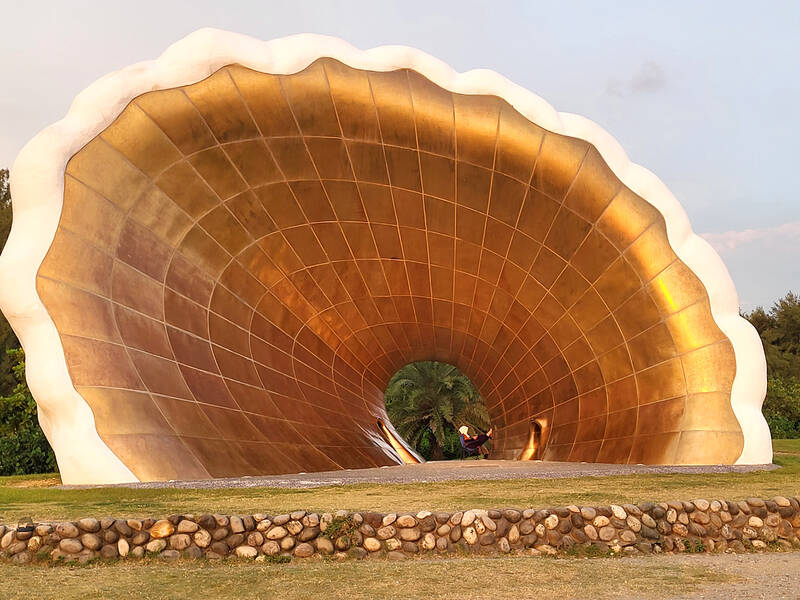
Photo Courtesy Mark Roche
Getting around by bicycle is by far the best way to see the island and all the sites are within a 10 to 15-minute ride from the ferry pier.
For those wanting to spend the night, there is a very appealing glamping area with a wonderful sea view.
TUNNEL AND FORT

Photo Courtesy Mark Roche
On my most recent visit I was most interested in seeing the historic Chijin Star Tunnel (旗津星空隧道), Chihou Lighthouse and Chihou Fort (旗後砲臺), all within walking distance of each other.
The Chijin Star Tunnel, which was excavated during the Japanese colonial era and passes through Chihou Mountain, was originally a military tunnel. Today, a wooden plank path has been built in the tunnel along the shoreline where you exit at the other end. Upon leaving the tunnel, you will see Chijin sound. This is a great location to watch cargo ships pass through the harbor area.
The Chihou Fort was constructed in 1876 during the Qing Dynasty, and consists of three parts: a fortified barracks around a rectangular square, with a close-defence parapet on the roof. Of the two gates, one leads to the battery, while the other used to be the main southern gate. It bore a Chinese inscription, which could be translated as “Mighty blow to the South” — the characters for “mighty blow” were shot away by a shell.
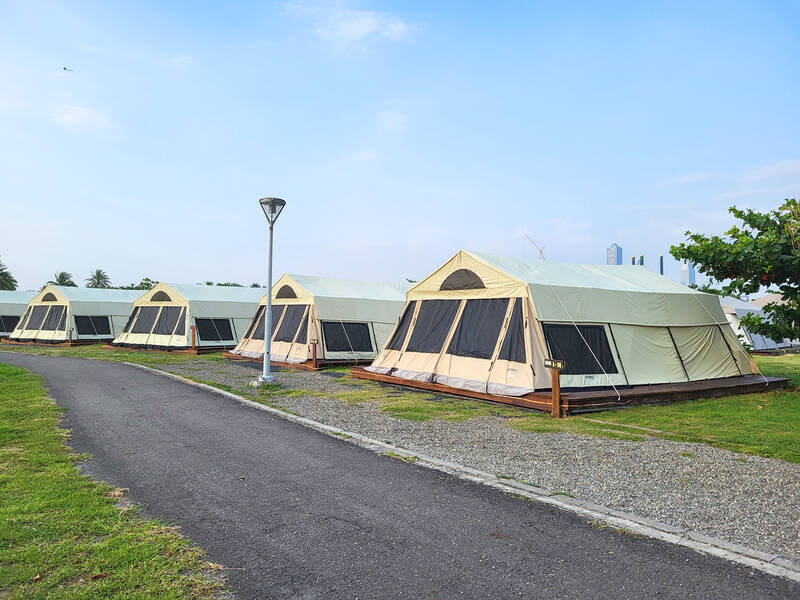
Photo Courtesy Mark Roche
THE CHIHOU LIGHTHOUSE
The lighthouse reopened on Sept. 7 after undergoing a NT$50 million refurbishment. In the past it was only open to 5pm, but that has been extended to 9pm every evening allowing visitors to see the lighthouse function and enjoy the view at sunset.
Takau (the former name of Kaohsiung) Harbor was opened to foreign traders in 1863 after the signing of the Treaty of Peking (1860). With increasing commercial shipping activities, there was a demand for a navigation safety system; therefore, the Qing government commissioned British engineers to build a rectangular brick lighthouse at the top of Chihou Mountain.
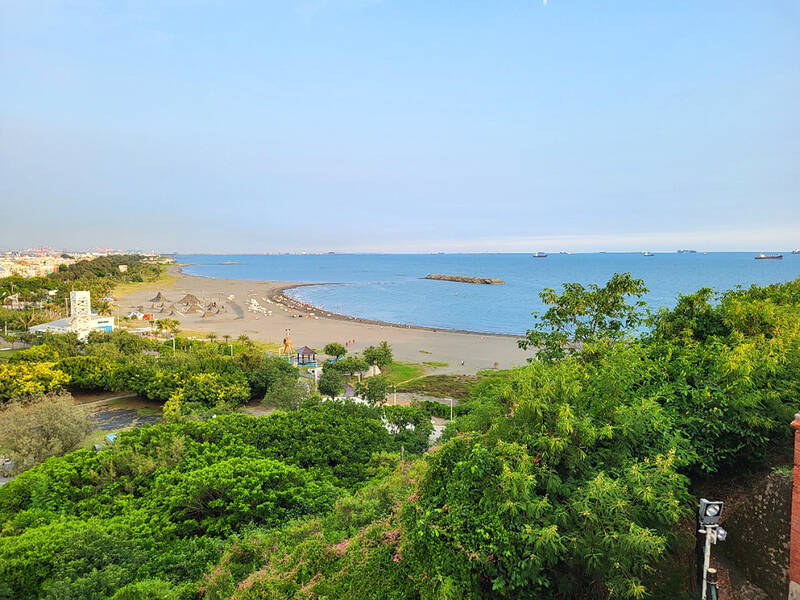
Photo Courtesy Mark Roche
Built in 1883 to aid navigation for ships sailing off the coast of southern Taiwan, the original design was a square brick tower with a single-wick fixed lamp. The Japanese government started the renovation in 1916 and finished in 1918. The height of the tower is 15.2 meters with a nominal range of 25.2 nautical miles.
During World War II the lighthouse was staffed by the US. After the war, numerous renovations occurred; though the main tower maintained its shape, the appearance has been largely simplified. Currently, the tower retains its white appearance with the dome changed to black to serve as a beacon. The building has been designated municipal heritage by the Ministry of the Interior. In 1985, Kaohsiung Lighthouse was listed as a municipal historical site.
A visit to Chijin is enough to keep the traveler busy for a full day, if not an overnight stay. A seafood lunch or dinner is a must at one of the local restaurants or from the numerous vendors in front of the beach. The lighthouse area now has a coffee shop and snack bar, or pop down to the Sunset Bar (旗津沙灘吧) to sip a pina colada and enjoy the view.
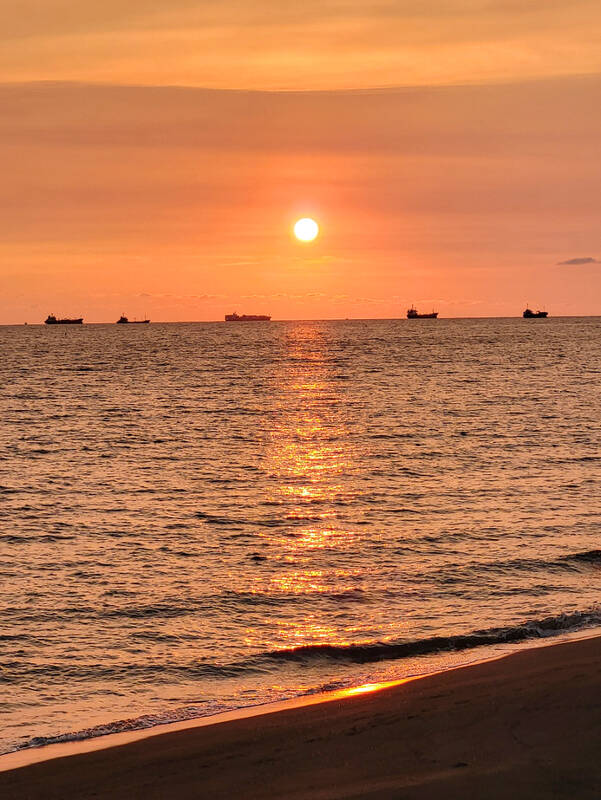
Photo Courtesy Mark Roche
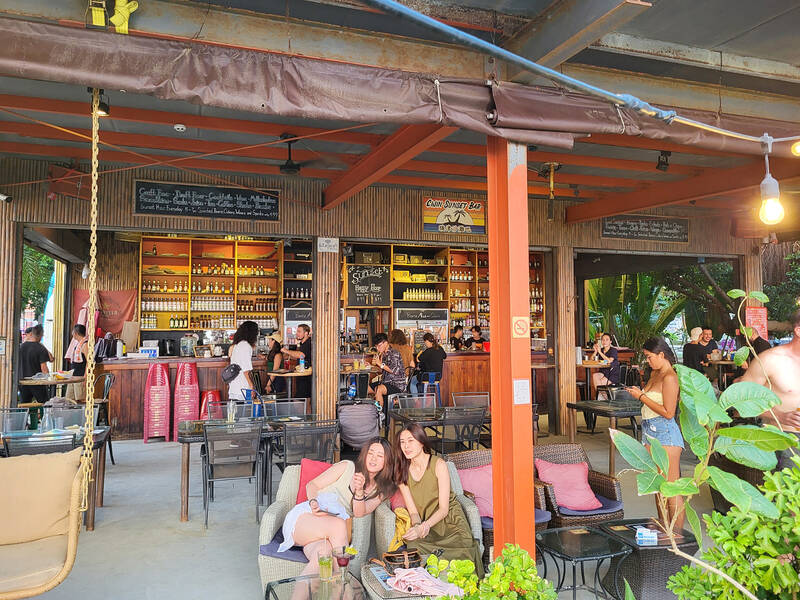
Photo Courtesy Mark Roche
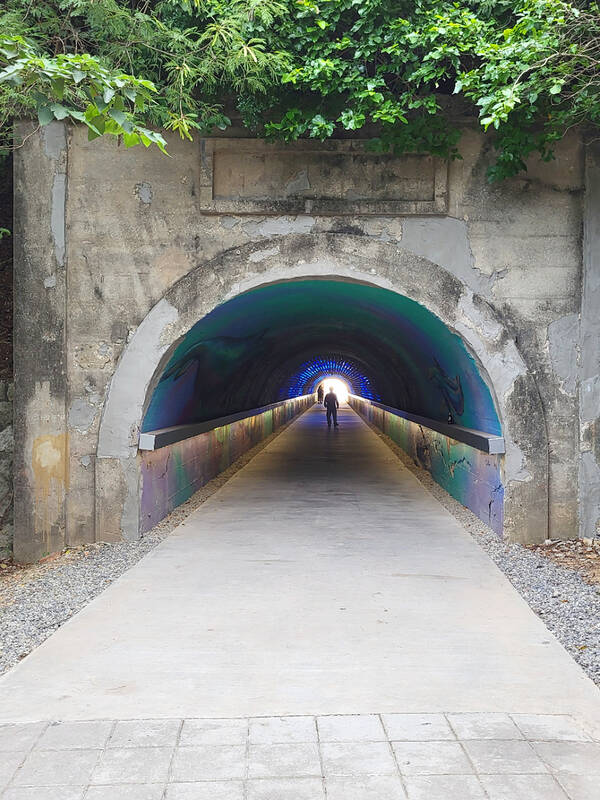
Photo Courtesy Mark Roche

That US assistance was a model for Taiwan’s spectacular development success was early recognized by policymakers and analysts. In a report to the US Congress for the fiscal year 1962, former President John F. Kennedy noted Taiwan’s “rapid economic growth,” was “producing a substantial net gain in living.” Kennedy had a stake in Taiwan’s achievements and the US’ official development assistance (ODA) in general: In September 1961, his entreaty to make the 1960s a “decade of development,” and an accompanying proposal for dedicated legislation to this end, had been formalized by congressional passage of the Foreign Assistance Act. Two

Despite the intense sunshine, we were hardly breaking a sweat as we cruised along the flat, dedicated bike lane, well protected from the heat by a canopy of trees. The electric assist on the bikes likely made a difference, too. Far removed from the bustle and noise of the Taichung traffic, we admired the serene rural scenery, making our way over rivers, alongside rice paddies and through pear orchards. Our route for the day covered two bike paths that connect in Fengyuan District (豐原) and are best done together. The Hou-Feng Bike Path (后豐鐵馬道) runs southward from Houli District (后里) while the

March 31 to April 6 On May 13, 1950, National Taiwan University Hospital otolaryngologist Su You-peng (蘇友鵬) was summoned to the director’s office. He thought someone had complained about him practicing the violin at night, but when he entered the room, he knew something was terribly wrong. He saw several burly men who appeared to be government secret agents, and three other resident doctors: internist Hsu Chiang (許強), dermatologist Hu Pao-chen (胡寶珍) and ophthalmologist Hu Hsin-lin (胡鑫麟). They were handcuffed, herded onto two jeeps and taken to the Secrecy Bureau (保密局) for questioning. Su was still in his doctor’s robes at

Mirror mirror on the wall, what’s the fairest Disney live-action remake of them all? Wait, mirror. Hold on a second. Maybe choosing from the likes of Alice in Wonderland (2010), Mulan (2020) and The Lion King (2019) isn’t such a good idea. Mirror, on second thought, what’s on Netflix? Even the most devoted fans would have to acknowledge that these have not been the most illustrious illustrations of Disney magic. At their best (Pete’s Dragon? Cinderella?) they breathe life into old classics that could use a little updating. At their worst, well, blue Will Smith. Given the rapacious rate of remakes in modern